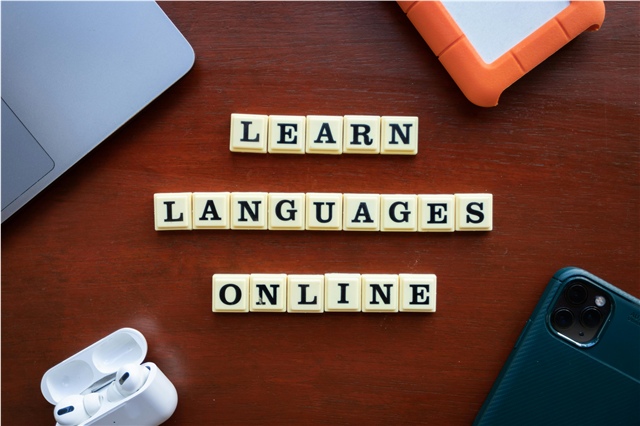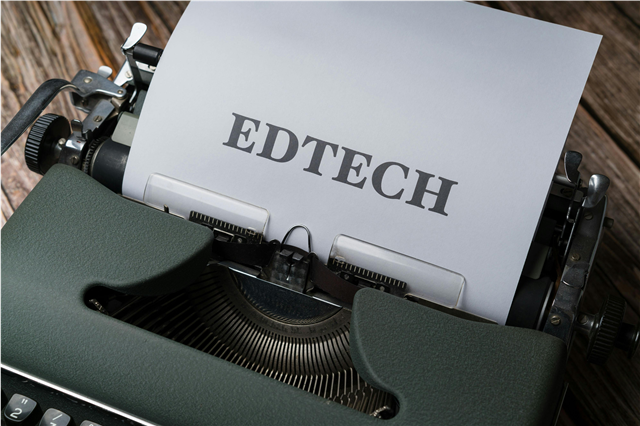
What are the applications of adaptive learning tools in personalized education?
Discover how cutting-edge technology is revolutionizing the way we learn with these fascinating adaptive learning facts you never knew!
In the rapidly evolving landscape of education, adaptive learning tools are transforming traditional classrooms into dynamic, personalized learning environments. But what exactly are these tools, and how are they reshaping personalized education? Let's explore some mind-blowing applications that are changing the educational game forever.
Revolutionary Assessment and Real-Time Feedback
Fact #1: Modern adaptive learning platforms can analyze over 100 data points per student interaction in real-time!
These sophisticated tools go beyond simple right-or-wrong answers. They track response time, confidence levels, and even mouse movements to understand learning patterns. When a student struggles with quadratic equations, the system doesn't just mark the answer wrong – it identifies whether the confusion lies in factoring, formula application, or conceptual understanding.
Amazing Application: Imagine a math student who breezes through basic algebra but hits a wall with word problems. The adaptive system detects this specific struggle and provides targeted word problem practice while maintaining the student's confidence through scaffolded support.
Dynamic Content Delivery and Pacing
Fact #2: Students using adaptive learning tools show 32% higher engagement rates compared to traditional classroom settings.
Here's where it gets interesting – adaptive platforms create individualized learning paths that adjust content difficulty and presentation style based on each student's unique needs. A visual learner struggling with chemistry concepts might receive interactive molecular models, while an auditory learner gets detailed explanations through podcasts.
Game-Changing Application: In language learning, platforms like Duolingo adapt sentence complexity, vocabulary introduction timing, and exercise frequency based on individual memory patterns and learning speed – making language acquisition feel tailored to each person's brain.
Intelligent Remediation and Gap-Filling
Fact #3: Adaptive systems can identify and address learning gaps up to 6 months before traditional assessment methods.
Think of these tools as educational detectives that uncover hidden knowledge gaps students might not even realize they have. When learning about the American Revolutionary War, if a student demonstrates weak understanding of colonial economic systems, the adaptive platform automatically reinforces foundational concepts while continuing forward progress.
Incredible Application: In STEM subjects, if a physics student shows mathematical weaknesses that impact problem-solving, the system seamlessly integrates targeted math review within physics contexts, strengthening both subjects simultaneously.
Personalized Learning Pathways
Fact #4: Students using adaptive learning tools progress 60% faster through standard curricula while achieving better retention rates.
These platforms create unique educational journeys for every learner. A high school biology student passionate about marine ecosystems might explore genetics through aquatic examples, while another student interested in medicine approaches the same concepts through human physiology applications.
Mind-Opening Application: Career exploration becomes integrated into learning paths. Students interested in engineering automatically receive additional STEM challenges and real-world problem sets, creating natural pathways toward future career interests.
Universal Design for Learning Integration
Fact #5: Adaptive learning tools support over 15 different learning disability profiles with specialized accessibility features.
These inclusive technologies transform education for students with diverse needs. Text-to-speech capabilities, customizable interface options, and alternative assessment methods ensure every student can access curriculum content effectively.
Inspirational Application: Students with dyslexia benefit from font customization, color contrast adjustments, and audio support that traditional textbooks simply cannot provide. Meanwhile, students with ADHD receive bite-sized content delivery and frequent engagement checkpoints.
Data-Driven Teacher Insights
Fact #6: Teachers using adaptive learning platforms report 40% more time for individual student mentoring and support.
Rather than spending hours grading and analyzing performance data, educators receive comprehensive dashboards showing each student's progress, struggle points, and optimal intervention timing. This technology acts as a teaching assistant that never sleeps.
Practical Application: Mrs. Johnson notices through her dashboard that three students consistently struggle with essay introductions while the rest excel at conclusions. Her next mini-lesson targets introduction writing techniques, maximizing classroom efficiency.
Future-Ready Skills Development
Fact #7: Adaptive platforms can simulate over 1,000 real-world scenarios for career readiness training.
From virtual business negotiations to medical diagnosis simulations, these tools prepare students for professional challenges. Students receive immediate feedback on decision-making processes and learn from realistic consequences in risk-free environments.
Exciting Application: Business students can run virtual companies, making management decisions and experiencing market responses instantly. This hands-on approach to learning bridges the gap between theoretical knowledge and practical application.
The Bottom Line: Education Transformation
Fact #8: Schools implementing comprehensive adaptive learning systems see average test score improvements of 15-25% within the first academic year.
These remarkable tools don't replace teachers – they enhance human instruction with powerful technological insights. The result is education that adapts to students rather than forcing students to adapt to rigid curricula.
The applications of adaptive learning tools in personalized education extend far beyond simple technological upgrades. They represent a fundamental shift toward student-centered learning, where each individual's unique learning journey is respected, supported, and optimized for success.
As these technologies continue evolving, we're witnessing the democratization of personalized education – making high-quality, individually tailored learning experiences accessible to students regardless of their geographic location, economic background, or learning challenges.
The future of education is here, and it's as unique as each student it serves.
Ready to transform your learning experience? Adaptive education platforms are revolutionizing how we understand and facilitate student success. The question isn't whether you'll encounter these tools – it's when you'll discover their transformative potential for yourself!
















Post Comment